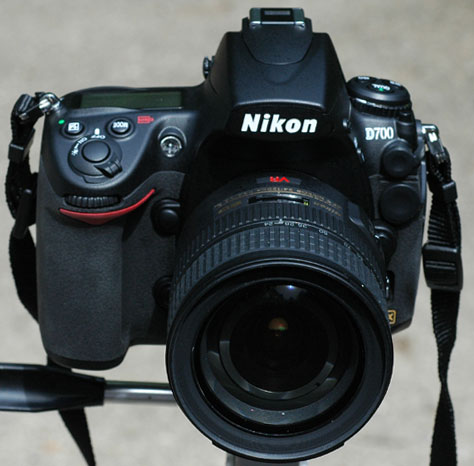Digital cameras have got immensely better and far cheaper over the last 20 years but they are still not perfect . They are still expensive and complicated partly because they are analog devices, each pixel converts light into a variable amount of charge, and then circuitry has to digitise this voltage converting it to a number normally from 0 to 256. This also means that they don't have a large dynamic range - they are bad at taking photos of bright and dark things at the same time, as you run out of numbers.
Edoardo Charbon from the Technical University of Delft, in the Netherlands may have a solution: Get rid of the analog part entirely and make each pixel only return a 1 or 0.  This might sound like a stupid way of getting a good image, but because this means that each sensor is so much more simple you can get at least 100 times more sensors onto your chip if not more. And because sensors of this size tend to be quite noisy - they will sometimes read a 1 when they should be reading a zero. You can group hundreds of them together and the total number of 1's will change smoothly with the light level.
This might sound like a stupid way of getting a good image, but because this means that each sensor is so much more simple you can get at least 100 times more sensors onto your chip if not more. And because sensors of this size tend to be quite noisy - they will sometimes read a 1 when they should be reading a zero. You can group hundreds of them together and the total number of 1's will change smoothly with the light level.
The really useful bit is that because of the statistics, the value you read out will change very rapidly with light level when it is dark, but slowly when it is light - in the same way as your eyes, allowing you to take photos of bright and dark objects at the same time.
All the sensors you are using to collect light for one pixel don't have to be in the same place, so you could build a camera with hundreds of small lenses on an image sensor which software then overlays to produce a good image. Allowing you to make the camera extremely thin.
This would all be very interesting if it was expensive to make these new chips, but it turns out that conventional memory chips are light sensitive if you strip off their black plastic. and they have billions of sensors so are ideal for this type of operation, although they may not be optimised for collecting light, so might not catch so much light.
References
- Previous Tiny nuclear battery
- Next Aspirin and flu










Comments
Add a comment